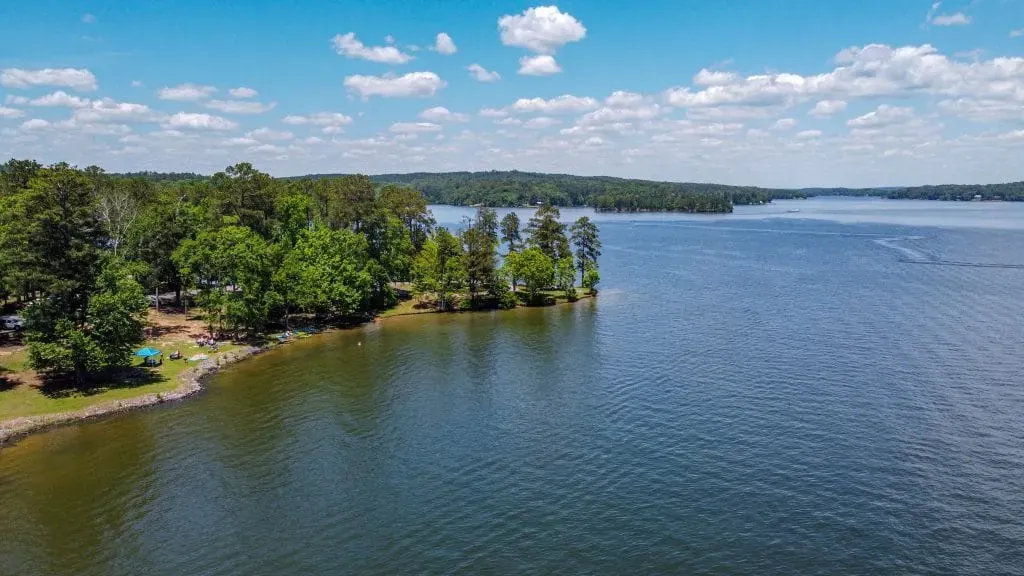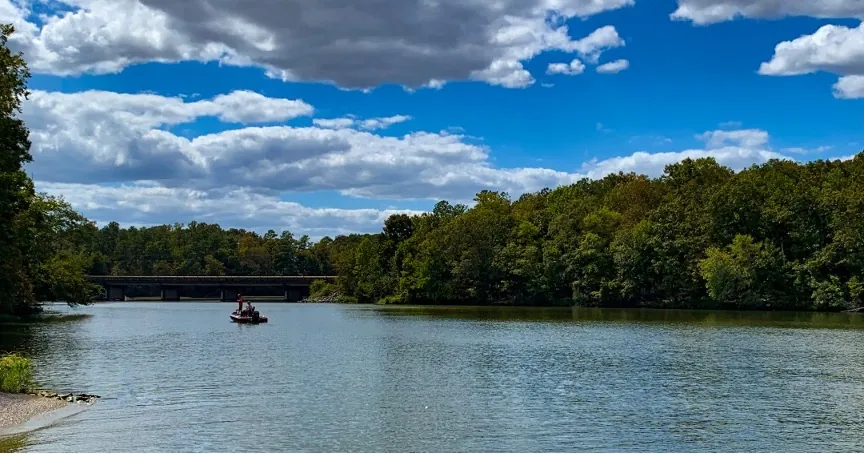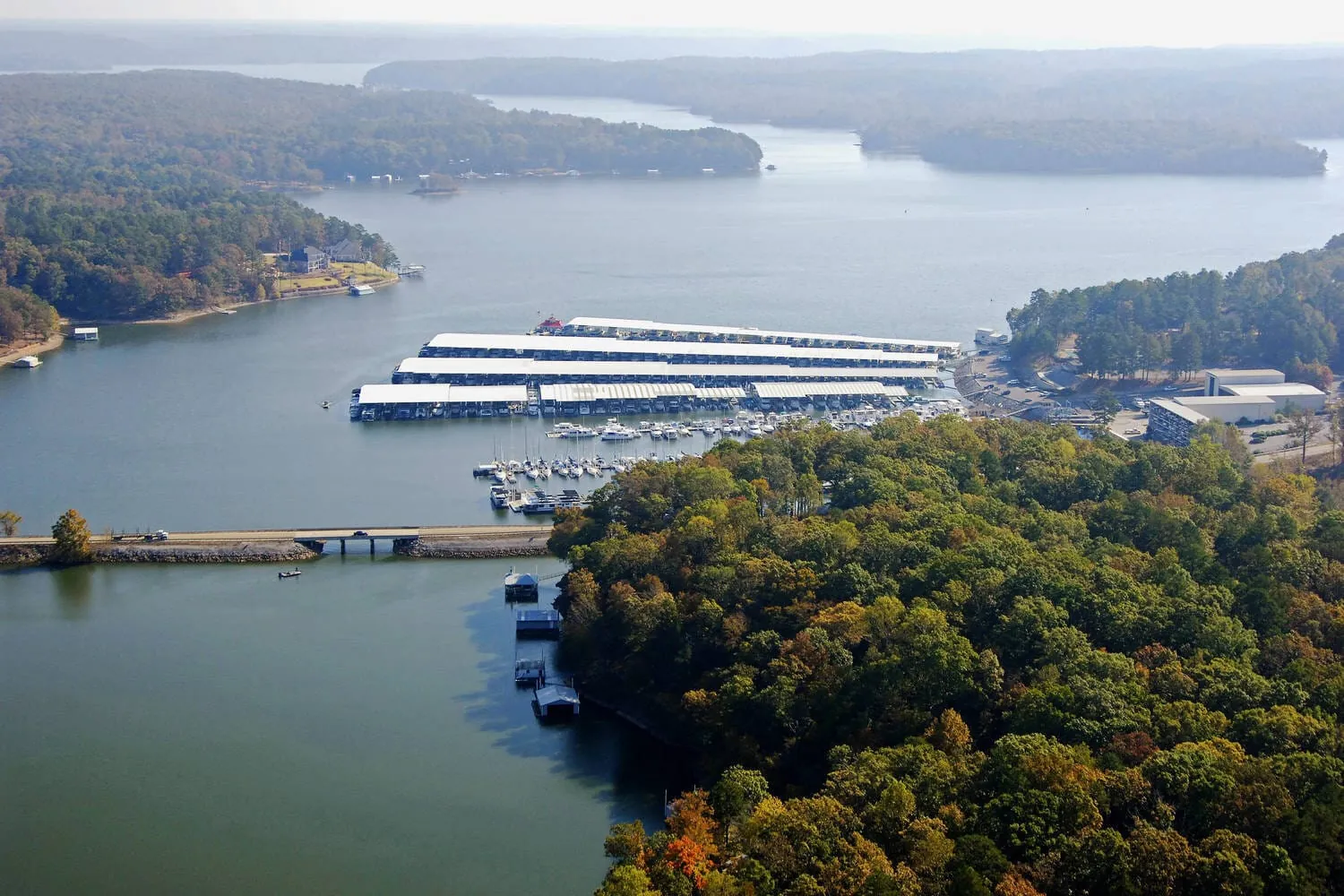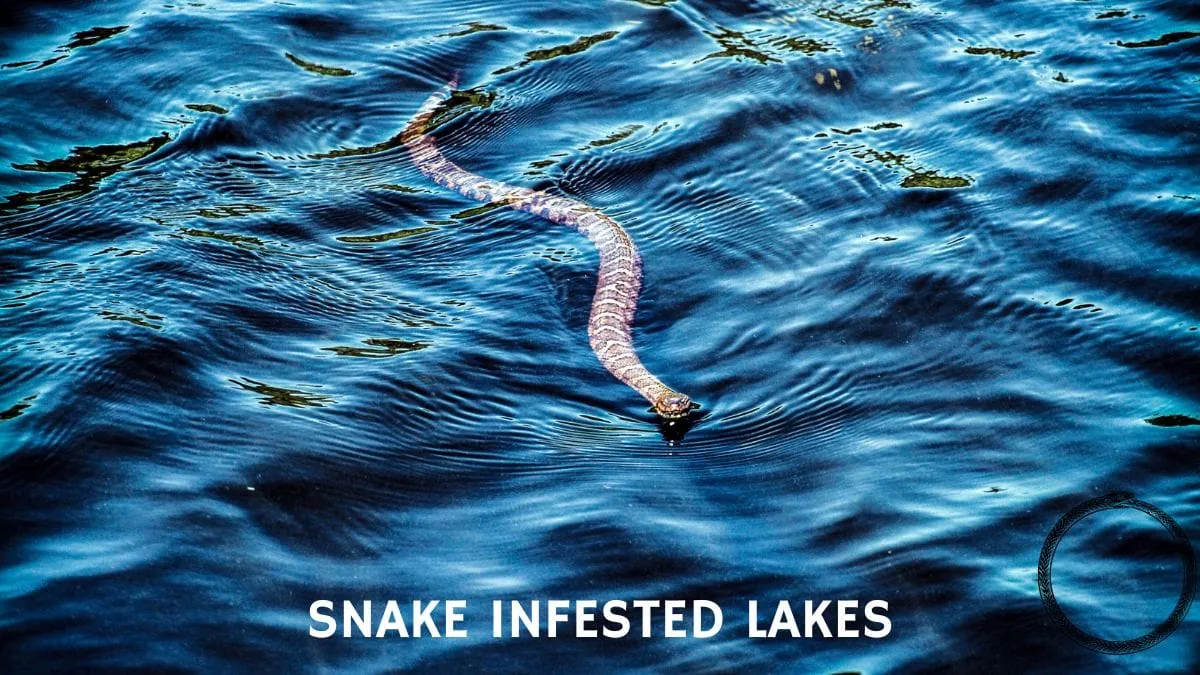Alabama’s rich biodiversity makes it a haven for wildlife enthusiasts and nature lovers alike. With vast forests, wetlands, and over 77,000 miles of rivers and streams, Alabama is home to an array of creatures, including a variety of snake species. These reptiles are essential to maintaining the balance of the ecosystem, controlling pest populations and contributing to biodiversity. However, for those who prefer to keep a safe distance from these slithering creatures, some lakes in Alabama are notorious for higher snake activity. In this article, we’ll explore the top five most snake-infested lakes in Alabama in 2024, offering an in-depth look at their ecosystems, the types of snakes commonly found there, and tips for safely navigating these waters.
Overview of Snake Species in Alabama
This Article Includes [hide]
Before diving into the lakes, it’s essential to understand Alabama’s snake population. The state is home to around 40 species of snakes, with six species being venomous: the Eastern diamondback rattlesnake, timber rattlesnake, cottonmouth (also known as water moccasin), copperhead, pygmy rattlesnake, and coral snake. Most snakes are non-venomous and play a crucial role in the ecosystem, but the mere presence of venomous species around lakes can raise concerns for visitors. Water snakes, such as the northern water snake and banded water snake, are often mistaken for the venomous cottonmouth, leading to unnecessary panic.
1. Lake Guntersville

Lake Guntersville is Alabama’s largest lake, spanning 69,000 acres and a popular spot for fishing, boating, and camping. However, it is also one of the most snake-infested lakes in the state, particularly known for its abundance of water snakes. The lake’s vast shoreline, dense vegetation, and slow-moving waters create an ideal habitat for both venomous and non-venomous snakes. Visitors frequently report sightings of cottonmouths and northern water snakes along the banks.
Snake Species to Watch For:
- Cottonmouth (Water Moccasin): Cottonmouths are commonly found in and around Lake Guntersville. These snakes are semi-aquatic and can often be seen basking near the water’s edge or swimming in the lake. They are venomous but generally avoid humans unless threatened.
- Northern Water Snake: These non-venomous snakes are abundant in the lake. Though often mistaken for cottonmouths, northern water snakes are harmless but can be aggressive if cornered.
Safety Tips:
When visiting Lake Guntersville, always stay on marked trails and avoid thick underbrush near the shoreline. Keep an eye out for snakes basking in the sun and avoid wading in shallow, overgrown areas of the lake.
2. Weiss Lake

Located on the Alabama-Georgia border, Weiss Lake is a well-known fishing destination with over 30,000 acres of water. It is often referred to as the “Crappie Capital of the World” due to its abundant crappie population. However, Weiss Lake is also notorious for its snake population, especially around its marshy areas and shallow coves. Snakes are frequently spotted near the lake’s many tributaries and swampy sections, making it a prime location for encounters with both venomous and non-venomous species.
Snake Species to Watch For:
- Banded Water Snake: This non-venomous snake is one of the most common species found at Weiss Lake. They thrive in the lake’s marshy and swampy areas, where they hunt for fish and amphibians. Though harmless, their appearance can be startling due to their resemblance to the cottonmouth.
- Copperhead: Copperheads are occasionally spotted near the lake’s wooded shores. While not as common as cottonmouths, their venomous nature makes them a concern for visitors.
Safety Tips:
Be cautious when walking near swampy or marshy areas, particularly during the warmer months when snake activity is high. Wear protective footwear and avoid stepping into vegetation near the water’s edge.
3. Lake Martin

Lake Martin, located in Tallapoosa, Elmore, and Coosa counties, is one of Alabama’s most popular recreational lakes, covering 44,000 acres. While it attracts thousands of visitors for boating, fishing, and swimming, it is also known for its high snake population. The lake’s clear waters and wooded shoreline provide excellent habitats for both water snakes and land-dwelling species. Lake Martin’s undeveloped areas, particularly its coves and inlets, are where snakes are most frequently encountered.
Snake Species to Watch For:
- Timber Rattlesnake: While not as common as water snakes, timber rattlesnakes are occasionally spotted in the more remote areas surrounding Lake Martin. These venomous snakes tend to avoid human contact but are known to inhabit forests and wooded shorelines near the lake.
- Banded Water Snake: Similar to other Alabama lakes, the banded water snake thrives in Lake Martin’s shallower waters, particularly in the less developed regions of the lake.
Safety Tips:
Stick to well-maintained paths and avoid venturing into thick vegetation near the shoreline. Pay attention to your surroundings, especially in undeveloped areas where snakes may be more prevalent.
4. Lay Lake

Stretching across 12,000 acres, Lay Lake is a favorite among anglers, especially those fishing for largemouth bass. Located in central Alabama, it is one of the oldest reservoirs in the state. Lay Lake’s combination of marshy inlets, creeks, and dense shoreline vegetation makes it a prime location for snake activity. With the presence of numerous snake species, both venomous and non-venomous, Lay Lake has earned a reputation as one of the most snake-infested bodies of water in Alabama.
Snake Species to Watch For:
- Cottonmouth: Cottonmouths are frequently sighted along the shorelines and in shallow coves of Lay Lake. These venomous snakes are often found near marshes and can sometimes be seen swimming in open waters.
- Brown Water Snake: This non-venomous species is also common in Lay Lake. While not dangerous, their size and aggressive behavior when threatened make them a frightening encounter for visitors.
Safety Tips:
When boating or fishing in Lay Lake, be cautious around shallow coves and marshy areas where snakes are more likely to be present. Avoid leaving fish or bait unattended, as they can attract snakes to your boat or camping area.
5. Pickwick Lake

Pickwick Lake, located along the Alabama, Tennessee, and Mississippi borders, is another prime spot for snake encounters. The lake spans over 43,000 acres and is surrounded by dense forests, marshlands, and tributaries, creating an ideal environment for a variety of snake species. Pickwick Lake is well-known for its snake population, particularly during the warmer months when activity increases near the shorelines and wooded areas.
Snake Species to Watch For:
- Eastern Diamondback Rattlesnake: Though primarily a land-dwelling species, Eastern diamondbacks have been reported near the shores of Pickwick Lake. These venomous snakes are known for their distinctive rattle and aggressive defense mechanisms.
- Water Moccasin (Cottonmouth): Cottonmouths are commonly found near the lake’s marshy areas and creeks, where they hunt for fish and amphibians. Their ability to swim and remain semi-aquatic makes them a frequent sight in Pickwick Lake’s shallow waters.
Safety Tips:
Always be vigilant when hiking near the lake’s wooded areas or camping near the shoreline. Watch for snakes basking in the sun near the water’s edge and avoid wading in shallow waters where visibility is poor.
General Tips for Snake Safety in Alabama Lakes
- Stay on Designated Trails: Snakes tend to avoid heavily trafficked areas, so sticking to marked trails reduces the likelihood of an encounter.
- Wear Protective Clothing: When exploring near the water or hiking in snake-prone areas, wear long pants and boots to protect against potential bites.
- Watch Where You Step: Always be cautious when walking near the water’s edge, in tall grass, or in rocky areas where snakes may hide.
- Use a Walking Stick: Tapping the ground with a walking stick as you hike can help alert snakes to your presence, giving them time to retreat.
- Never Try to Handle a Snake: Even non-venomous snakes can bite if they feel threatened. It’s best to observe snakes from a distance and give them plenty of space to move away.
Conclusion
Alabama’s lakes offer stunning natural beauty and diverse wildlife, but they also come with the risk of snake encounters, especially in areas with dense vegetation and slow-moving waters. The lakes highlighted in this article—Lake Guntersville, Weiss Lake, Lake Martin, Lay Lake, and Pickwick Lake—are known for their higher-than-average snake populations, making them places of caution for those visiting in 2024. By following basic safety tips and staying aware of your surroundings, you can enjoy the beauty of these lakes while minimizing the risk of a snake encounter.











Leave a Reply